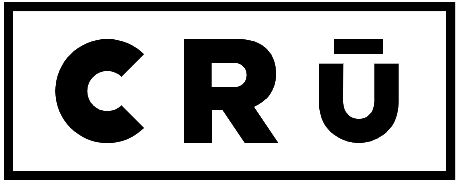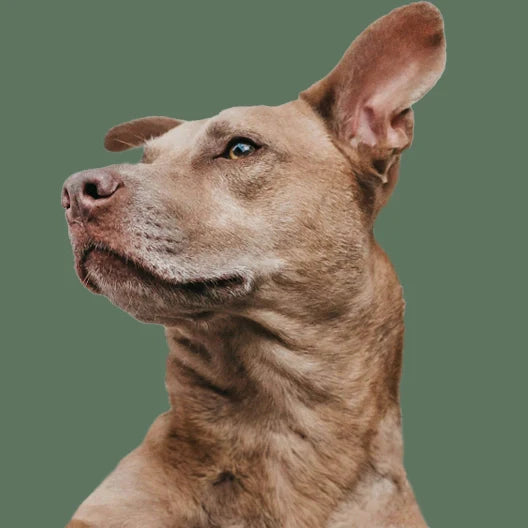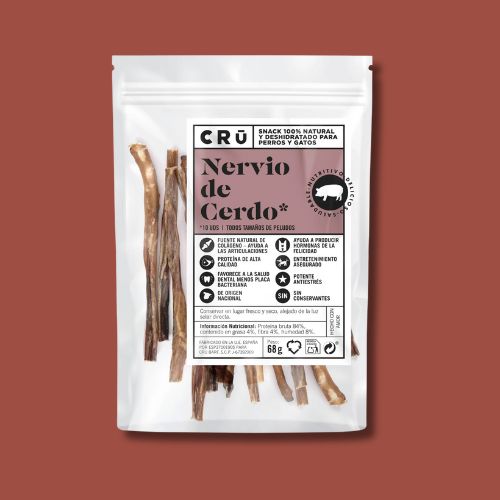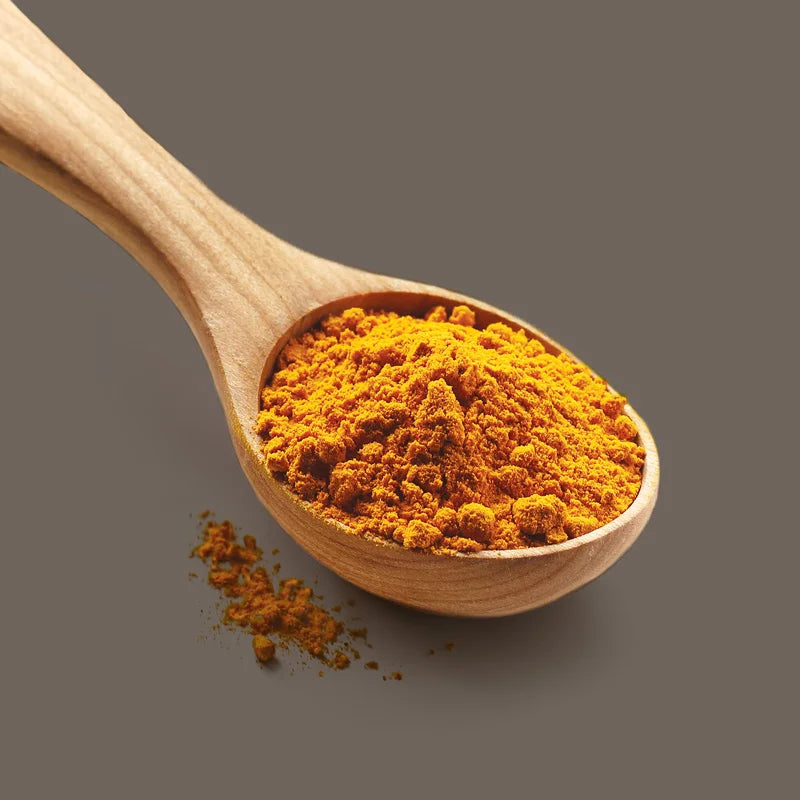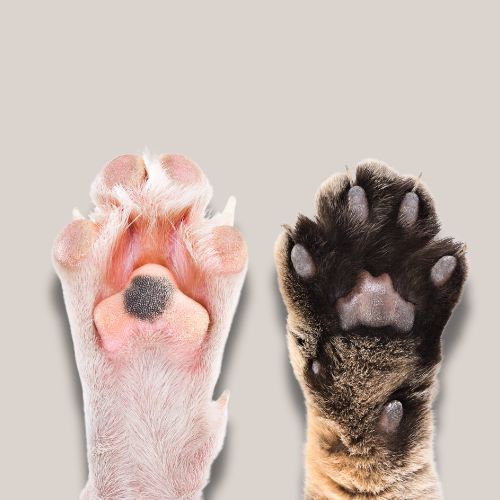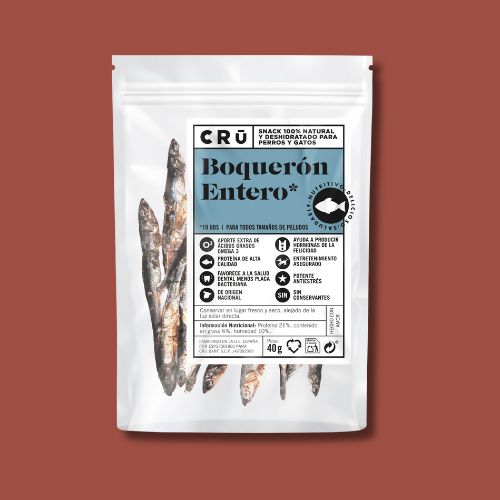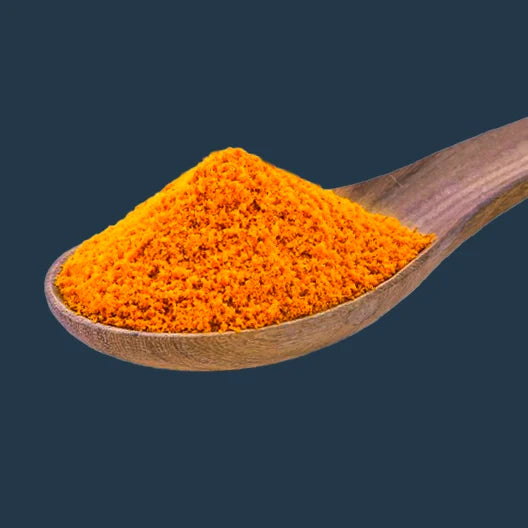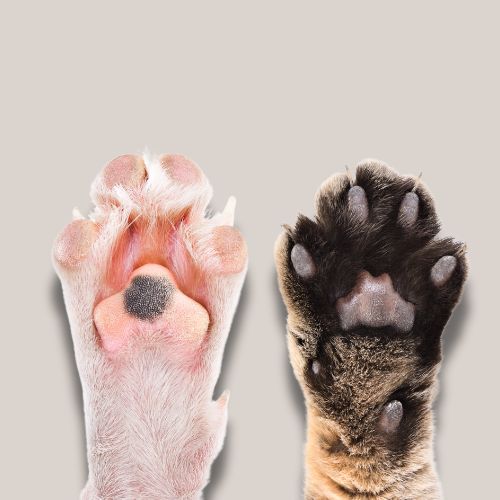Unless your furry friend is a puppy that you are weaning directly with CRU or you have been preparing natural food at home, it is normal for their body to need a detoxification period.
As you may already know, kibble is an ultra-processed food full of artificial ingredients and preservatives. Many of these additives and residues remain stored throughout the digestive tract because the body can't absorb them. During the transition, it's also important for your dog to recover the full bacterial flora of his stomach and intestinal tract.
Common symptoms of the detox phase
To avoid panic, it's best to understand the possible symptoms of this detox period. Don't get discouraged; they'll soon pass, and this is the best course of action you can take for your dog's well-being.
- Soft stools, with mucus or occasional diarrhea
- Constipation
- Bad breath
- Changes in hair: dandruff, dull coat, itching or small pimples
- Less water consumption: Sometimes they barely touch it, which is because with a diet based on real foods that maintain their natural moisture, they are absorbing water through food.
Some dogs don't show any symptoms. Others may take a few days or even weeks to stabilize. In all cases, the key is patience and support .
If you have any questions about the changes you're seeing in your furry friend, contact our nutritionist. We're here to support you throughout the entire process.
In no time, you'll start to notice visible improvements in your energy, digestion, skin, hair, and mood. Welcome to the CRU revolution!
